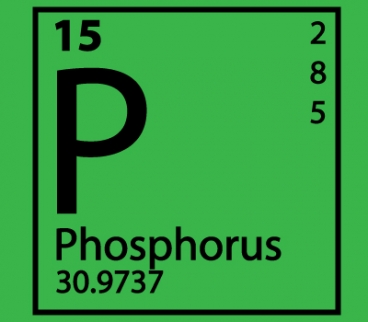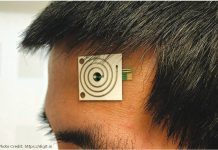
Viewed from another perspective the breaking up of phosphorus with ultraviolet light may offer a safer, simpler way to build many industrial and household chemicals in a greener way.
Phosphorus is a mineral element found in rocks and bones and also a critical ingredient in fertilizers, pesticides, detergents and other industrial and household chemicals. Once phosphorus is mined from rocks, getting it into these products is hazardous and expensive, and chemists have been trying to streamline the process for decades.
MIT (Massachusetts Institute of Technology) chemistry professor Christopher Cummins and one of his graduate students, Daniel Tofan, have developed a new way to attach phosphorus to organic compounds by first splitting the phosphorus with ultraviolet light. Their method, described in the Aug. 26 online edition of Angewandte Chemie, eliminates the need for chlorine, which is usually required for such reactions and poses health risks to workers handling the chemicals.
Guy Bertrand, chemistry professor at the University of California at Riverside, says that the beauty of the discovery is its simplicity. “It is amazing to realize that nobody thought earlier about such a simple approach to incorporate phosphorus into organic molecules,” he says. “Such a synthetic approach to organo-phosphorus compounds is indeed urgent, since the old (chlorine)-based phosphorus chemistry has a lot of undesirable consequences on our environment.”
While the new reaction cannot produce the quantities needed for large-scale production of phosphorus compounds, it opens the door to a new field of research that could lead to such industrial applications, says Bertrand, who was not involved in the research.
Cummins plans to investigate what other organo-phosphorus compounds can be synthesized with ultraviolet light, including metallic compounds. He has already created a nickel-containing organo-phosphorus molecule, which could have applications in electronics.
All these steps are move the experiments toward a greener chemistry.




This site is more qnd more interesting
I am extremely content to find this blog.Thank you for creating the page! Im sure that it will be very popular.
I like the way you make use of words in order to create something very interesting to read. The message flows naturally, no heavy language or clichés are present. This is exactly how a well-researched, nicely written piece of information should look like! I am already back for more…
Thank you, this is exactly what I was looking for!
Hey, very nice website. I actually came across this on Bing, and I am happy I did. I will definately be coming back here more often. Wish I could add to the conversation and bring a bit more to the table, but am just absorbing as much info as I can at the moment. Thank You
Been reading your site for a while, and just wanted to finlly add a comment. Thanks for posting this info and putting thr time into this site.
good info !